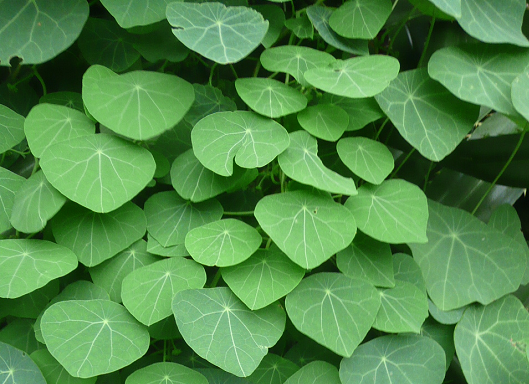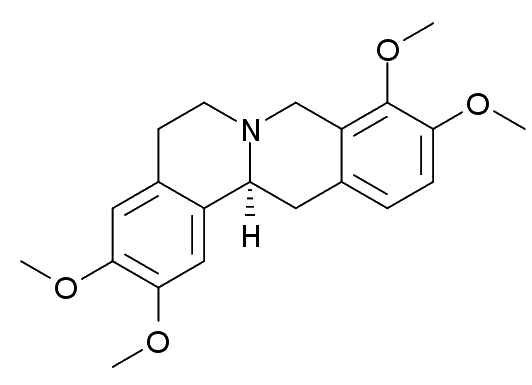Rotundine

Corydalis (Yan Hu Suo)and Stephania rotunda.
Stephania rotunda is traditionally used for the treatment of a wide range of ailments throughout Southeast Asia (Cambodia, Vietnam, Laos, and India). The roots primarily contain l-tetrahydropalmatine.
For centuries, Corydalis Rhizoma has been used in Korean traditional medicine.
Tetrahydropalmatine

Tetrahydropalmatine (THP) is an isoquinoline alkaloid found in several different plants such as Corydalis and Stephania Rotunda. Common drug name for this is Rotundine and Hyndarine. Tetrahydropalmatine is an alkaloid compound and a prominent anti-inflammatory agent found in plants.
Medical use

Rotundine has significant effect of analgesia. Rotundine is used for producing tranquilliser with safe sleeping effect and without side-effects. Tetrahydropalmatine has been demonstrated to possess analgesic effects and may be beneficial in the treatment of heart disease and liver damage.It is a blocker of voltage-activated L-type calcium channel active potassium channels. It is a potent muscle relaxant. It has also shown potential in the treatment of drug addiction to both cocaine and opiates, and preliminary human studies have shown promising results.
Because of its low toxicity and less adverse reactions, Rotundine has attracted a lot of attention in pain management. It has great market prospects and deserves further development and utilization.


